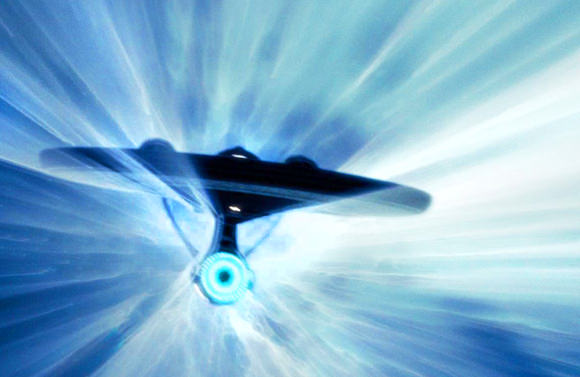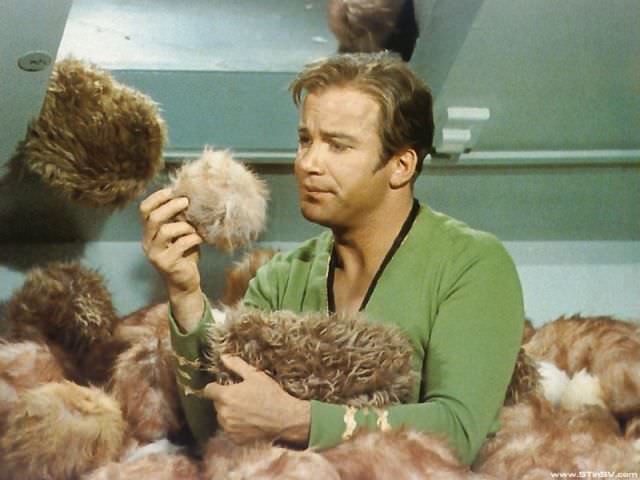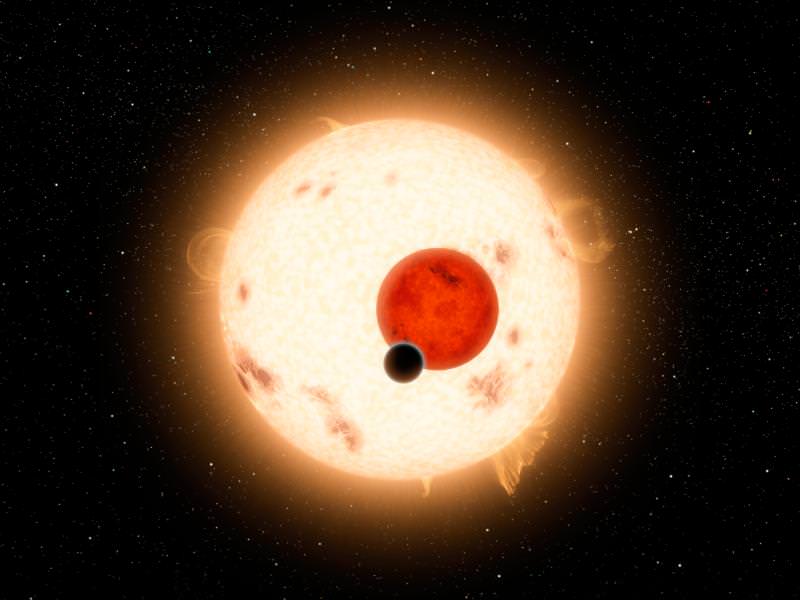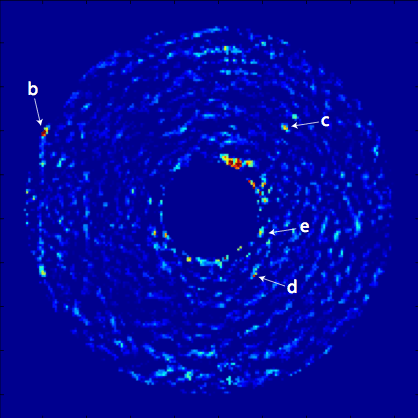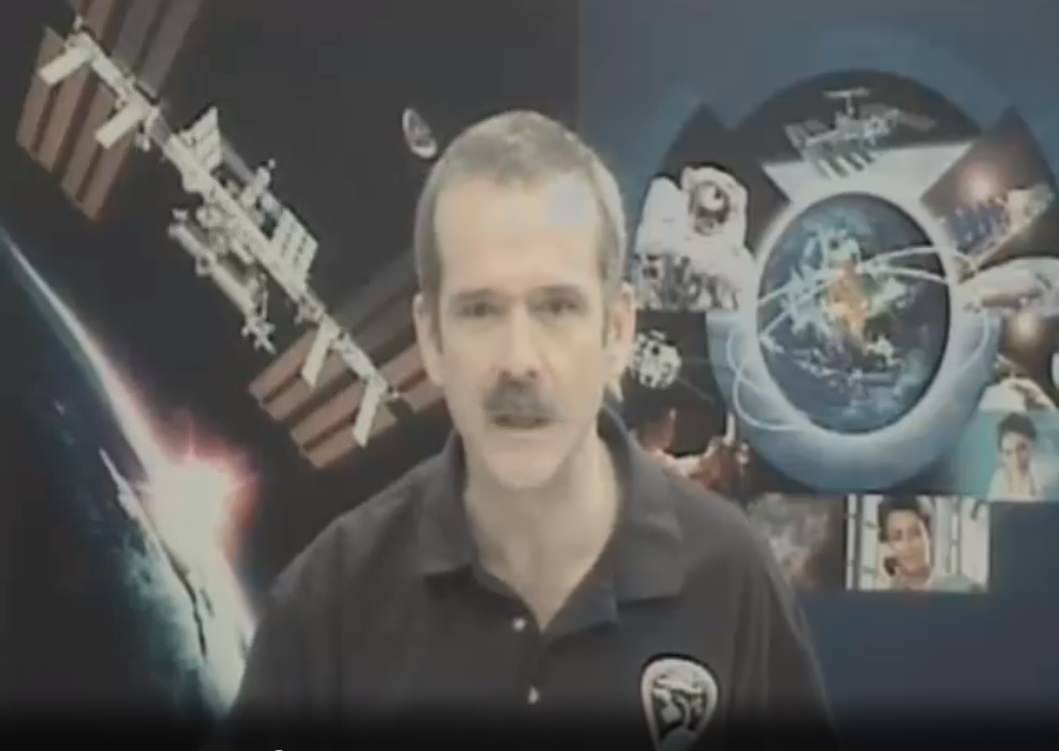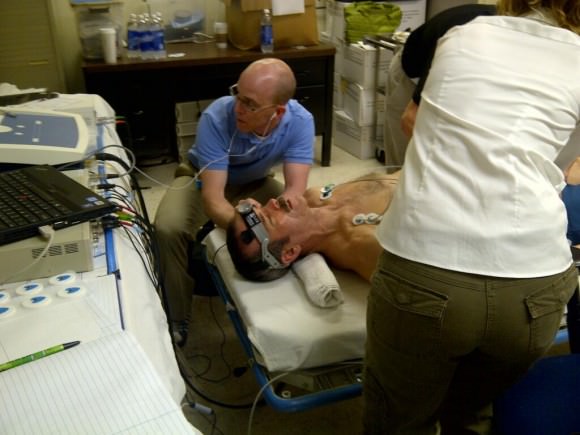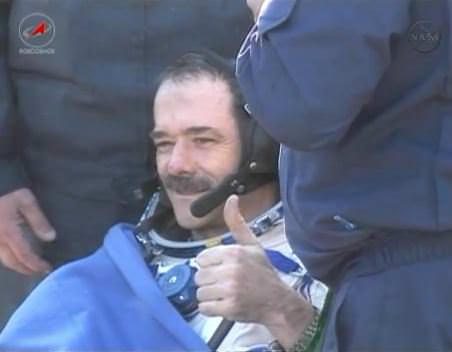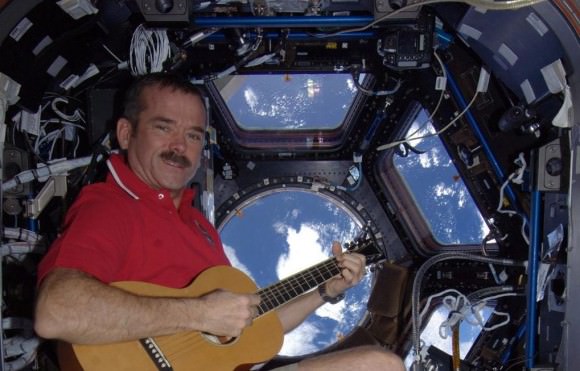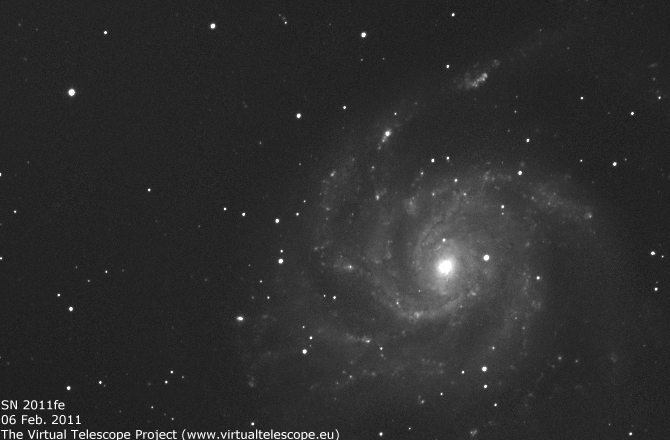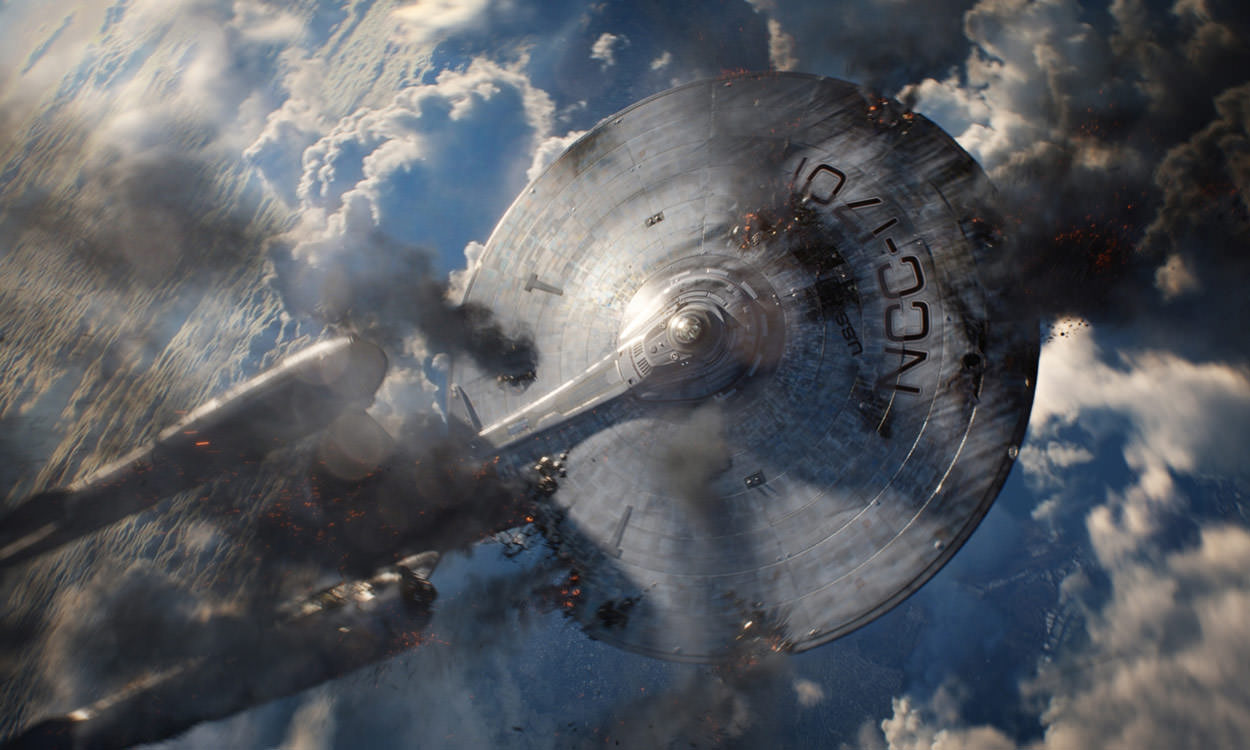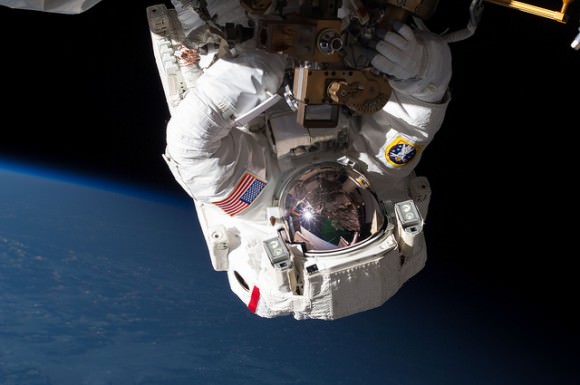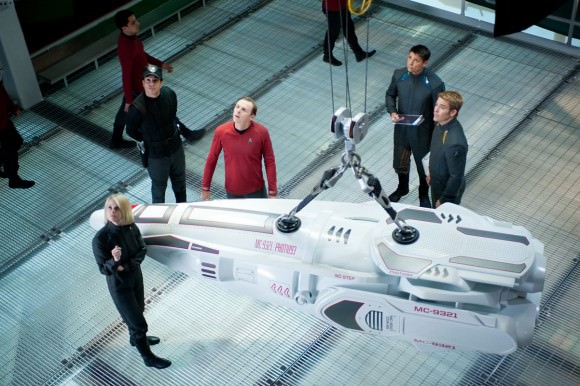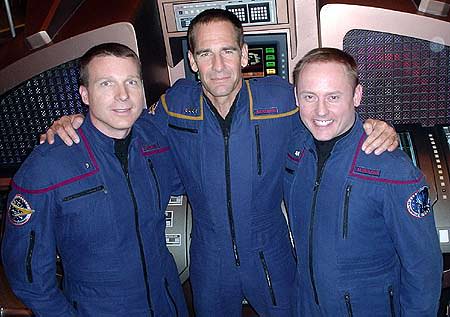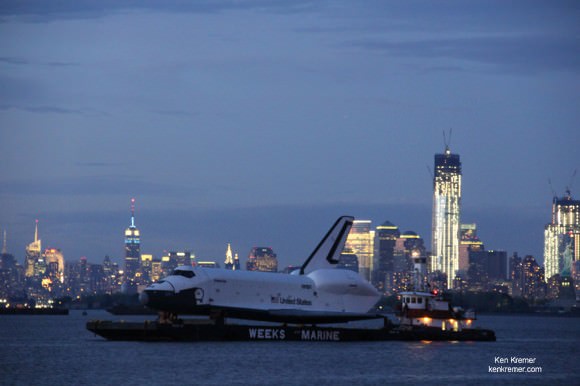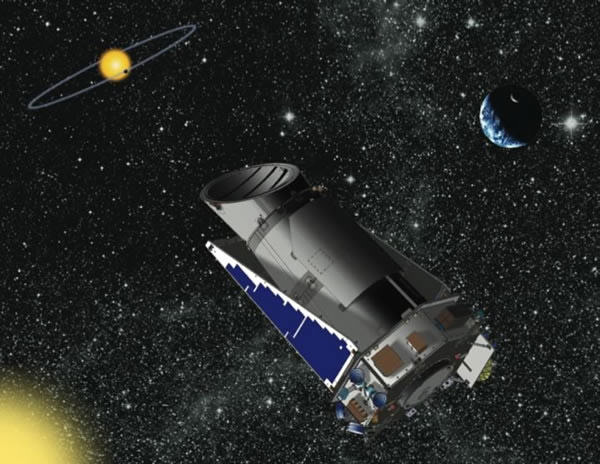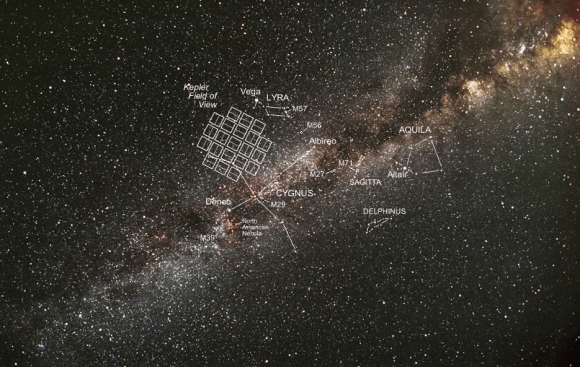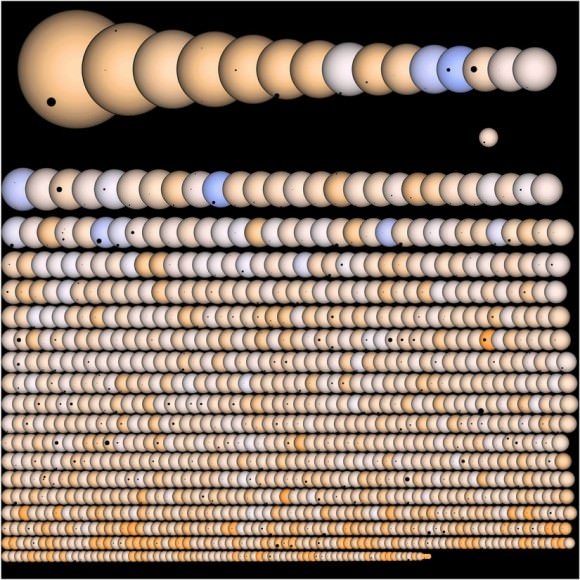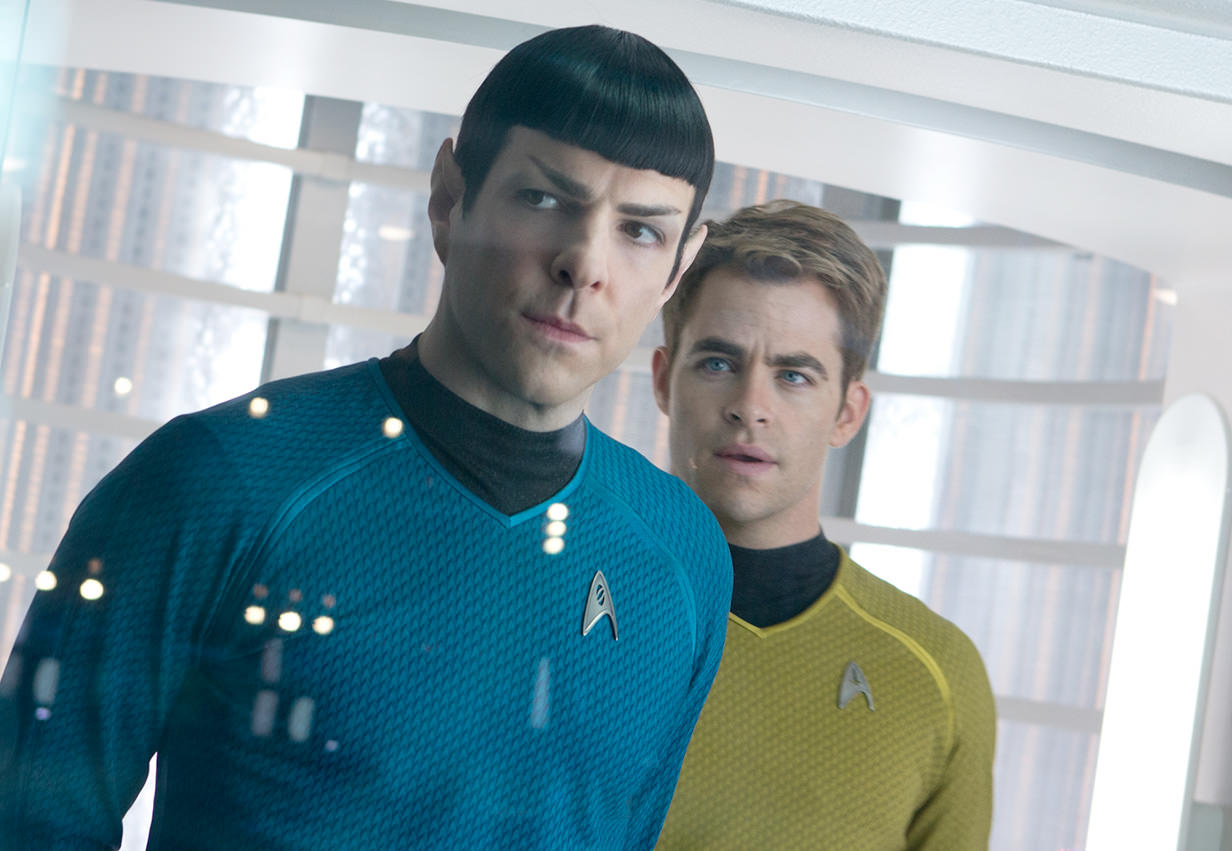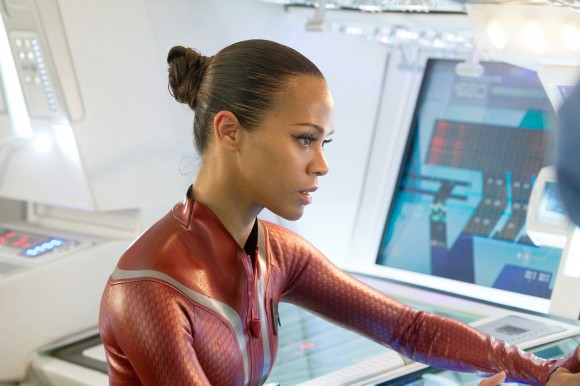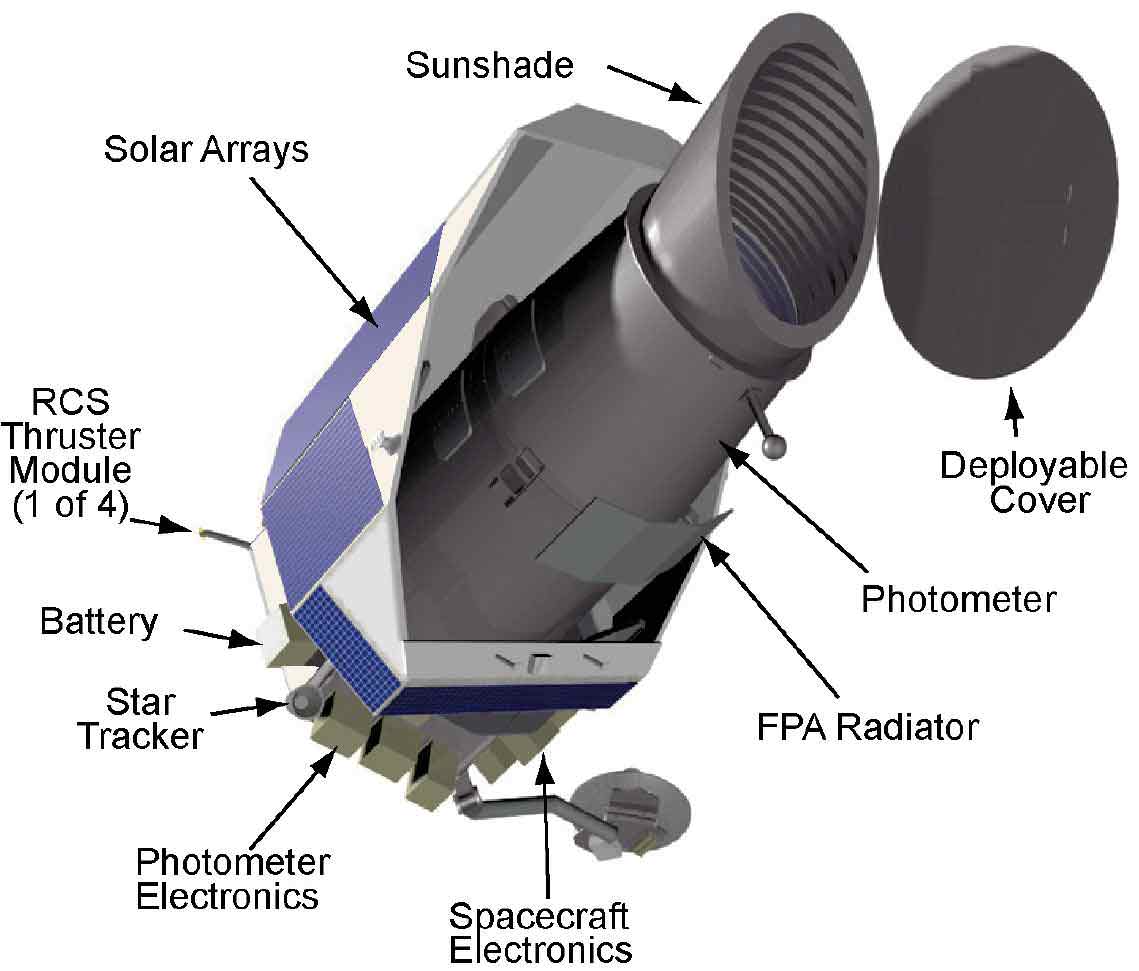The Universe can be a very gray place. But this week, we’ll look at a fine example of a class of objects that defies this trend.
Many first time stargazers are surprised when the Trifid or the Orion Nebula fails to exhibit the bright splashy colors seen in Hubble photos. The fault lies not with the Universe, but in our very own eyes.
This is because the light sensitive fovea of our eye has two different types of photoreceptor cells; rods and cones. These act like slow and fast speed film (for those of us old enough to remember actual film!) Under low light conditions, objects have a very black-and-white appearance. It’s only with an increase in brightness that the color receptors in the cone cells of our eye begin to kick in.
One class of stars can induce this effect. They’re known as carbon stars.
A fine example of just such an object rides high in the late spring sky for northern hemisphere observers. This is the variable star Y Canum Venaticorum, also abbreviated as Y CVn or “La Superba” (The magnificent). This name was given to the star by Father Angelo Secchi in the mid-19th century. It is one of the reddest stars in the sky.
Astronomers gauge the “redness” of a star by measuring its magnitude contrast through a blue and visible (green peaking) filters. This is what is known as its B-V index, and the higher the value, the redder the star.
La Superba has a B-V value of +2.5. For contrast, the familiar orange-red stars Antares and Betelgeuse have a B-V value of +1.83 & +1.85, respectively.
Some other classic carbon stars and their B-V values are;
TX Piscium: +2.5
Herschel’s Garnet Star: +2.35
V Hydrae: +4.5
R Leporis (Hind’s Crimson Star): +2.7
Many of these are also variable stars, and they can appear redder visually near their minimum brightness. In the case of La Superba, it ranges from magnitude +4.8 to +6.3 over a span of 160 days, with a longer super-imposed cycle of about 6 years. We’re just coming off of a peak cycle in late May 2013, and La Superba is easy to spot with binoculars about a third of the way between the brilliant double star Cor Caroli (visited by the Enterprise in the Star Trek: The Next Generation Episode “Allegiance”) and Delta Ursa Majoris.
I’ve shown off carbon stars such as La Superba and Hind’s Crimson Star at public star parties to great effect. They can be an excellent star party “secret weapon” when every other ‘scope down the line is aimed at the Orion nebula.
For a faint constellation, Canes Venatici has lots to offer. One of the best globular clusters in the sky M3 can be found within its borders, as can a handful of decent galaxies. La Superba lies in a rather empty region of the constellation high above the galactic plane. In fact, an area about 15° degrees north of location in the adjoining constellation Ursa Major was picked for the famous Hubble Deep Field image for this very reason.
Burnham’s Celestial Handbook describes La Superba as “one of the reddest of all the naked eye stars, (with) a truly odd and vivid tint in large telescopes.” Astronomer Agnes Clerke described its appearance in 1905 as an “extraordinary vivacity of prismatic rays, separated into dazzling zones of red, yellow, and green by broad spaces of profound obscurity.” (Note: the “spaces” referred to gaps in its spectra).
Through the telescope at low power, we see La Superba as an orange-red ember with shades of white. It’s an easy catch with binoculars, and one of the very few carbon stars that is visible to the naked eye under dark skies. We’d judge that only TX Piscium rivals it in brightness, and only V Hydrae and Hinds appear ruddier. I always like to ask first time observers of colored stars what they see… human eye-brain perception can vary greatly!
The coordinates of La Superba are:
Right Ascension: 12 Hours 45’ 08”
Declination: +45 26’ 25”
La Superba is about 600-800 light years distant. Physically, it is a massive star at three times the mass of our Sun. It’s also a monster in terms of diameter, at four astronomical units in size. If you placed it within our solar system, it would swallow up the orbits of the interior planets out to Mars!
La Superba is thus much less dense than our own Sun, and at a surface temperature of about 2,800K, relatively cool. It is also the brightest “J-type” carbon star in the sky, a rare sub-type characterized by the presence of the isotope carbon-13 in its atmosphere. A carbon star is a sun near the end of its life, accumulating carbon compounds in its outer atmosphere as it fuses heavier elements in one last “hurrah” before shedding its outer layers and forming a white dwarf embedded inside a planetary nebula. Carbon stars are much brighter in the infrared, and we see the very tail end of this absorption in the visible red end of the spectrum. In fact, La Superba is a full 9 magnitudes (nearly 4,000 times) brighter in the near-infrared than in the ultraviolet!
All amazing facts to ponder as we view a star near the end of its career, seeding the cosmos with the very element that makes life possible. Next time you’re out observing, be sure to go “into the red” and check out the fine carbon star!


